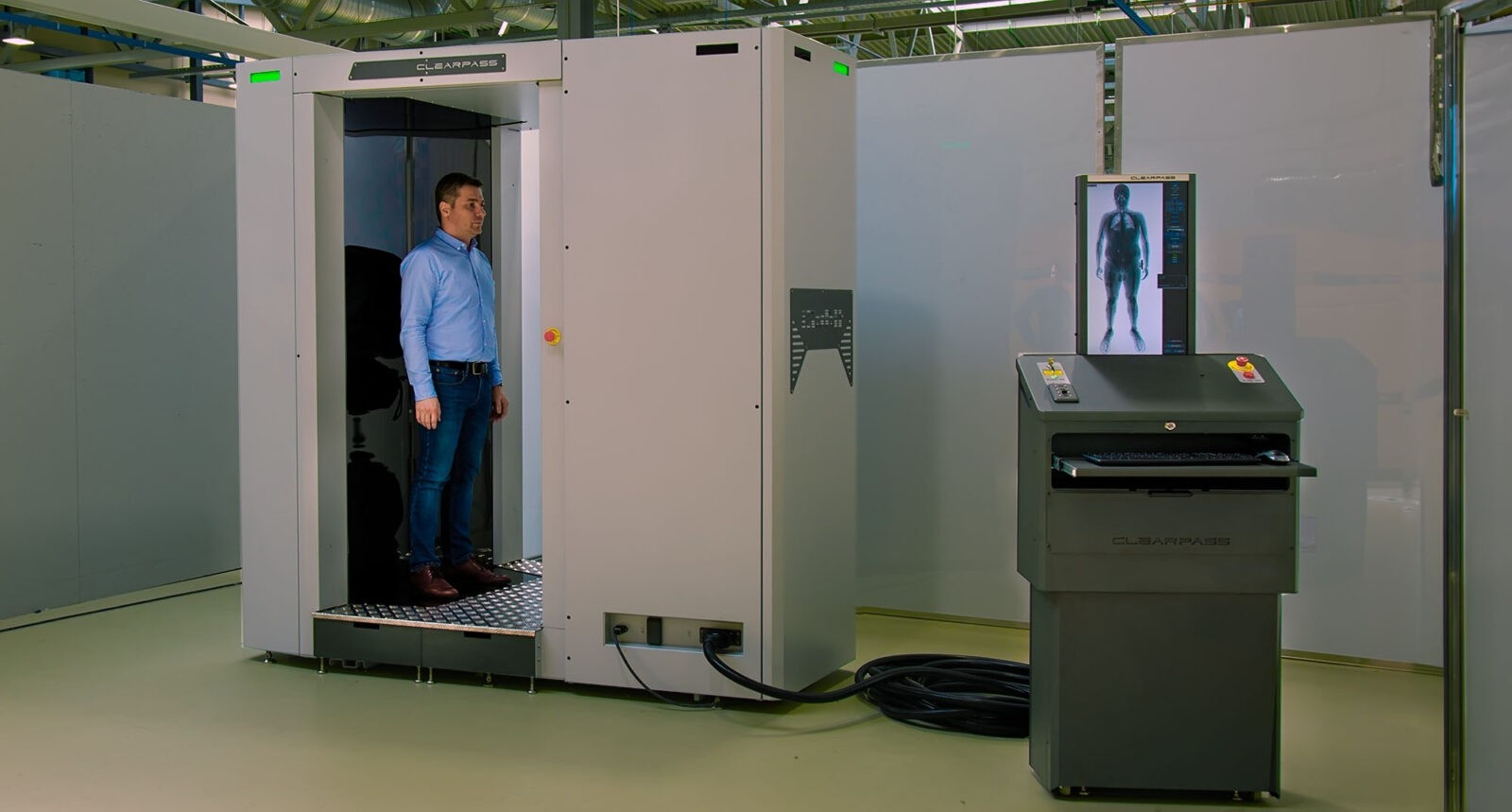Specialist Overview to Customized Security Solutions from Top Access Control Systems Manufacturers
Specialist Overview to Customized Security Solutions from Top Access Control Systems Manufacturers
Blog Article
Exploring the Function of Accessibility Control Systems in Enhancing Safety And Security Devices Performance and Efficiency
Gain access to control systems are significantly recognized as important elements in the landscape of protection management, offering a structured technique to manage accessibility to delicate locations and information. Their ability to integrate with different safety modern technologies, such as security cameras and alarm systems, significantly enhances the total performance and performance of safety procedures. As companies navigate the intricacies of execution and administration, different difficulties occur that warrant factor to consider. What implications do these challenges hold for the future of security methods and modern technologies?
Understanding Accessibility Control Systems
Access control systems play a vital function in ensuring the protection of different settings, from business workplaces to sensitive federal government facilities. These systems manage who can get in or exit a marked location, thus protecting properties and sensitive details. The fundamental elements of access control systems include recognition, authentication, and consent processes.
Identification involves validating an individual's identity, commonly through credentials such as key cards, biometric data, or passwords. As soon as identified, authentication verifies the person's right to gain access to, typically via multi-factor verification methods to improve protection. Authorization identifies the level of gain access to approved, permitting for distinguished approvals based on duties within the company.
Accessibility control systems can be classified right into 2 major types: sensible and physical. Physical accessibility control concern substantial areas, while sensible access control governs digital details systems. Both kinds function synergistically to give thorough safety and security remedies.
Assimilation With Safety Technologies
The combination of gain access to control systems with other protection modern technologies is necessary for creating a holistic protection atmosphere. By integrating gain access to control with video security, invasion discovery, and alarm systems, organizations can improve their total safety posture. This interconnected structure allows for real-time surveillance and fast feedback to safety occurrences, enhancing situational recognition and operational performance.
For instance, incorporating access control with video clip surveillance enables security workers to validate gain access to events aesthetically, guaranteeing that just authorized people are granted entrance. Similarly, when accessibility control systems are linked to alarm, any kind of unapproved access efforts can trigger prompt notifies, motivating swift action.
Furthermore, the combination of accessibility control with cybersecurity actions is increasingly important in securing physical properties and delicate information. By straightening physical security protocols with IT safety and security systems, companies can ensure that both physical and digital access points are kept track of and managed successfully.
Advantages of Enhanced Security Operations

In addition, boosted safety operations facilitate real-time surveillance and occurrence reaction. With incorporated systems that incorporate security video cameras, alarms, and accessibility controls, safety teams can promptly determine and attend to prospective risks. This aggressive technique enables prompt interventions, reducing the chance of safety breaches and possible losses.
Additionally, custom security solutions reliable safety and security procedures contribute to a society of safety within the company. Employees are most likely to feel more safe and secure when they understand that durable steps are in place, causing enhanced spirits and productivity. In addition, using information analytics from access control systems makes it possible for organizations to examine security patterns, boost policies, and assign sources effectively.
Challenges and Considerations

Additionally, organizations should attend to the capacity for information violations. Access control systems frequently deal with sensitive info, and any type of vulnerabilities might subject this data to unauthorized access. custom security solutions. Making sure durable cybersecurity procedures is necessary to secure against such risks
User training is another critical factor to consider. Staff members need to comprehend how to use access control systems properly, as inappropriate usage can result in security voids. Companies need to balance security with individual benefit; extremely restrictive access can impede productivity and lead to workarounds that endanger safety and security protocols.
Conformity with legal and regulative requirements is likewise paramount. Organizations has to guarantee that their accessibility control systems satisfy sector requirements and neighborhood laws, which can differ considerably. The continuous upkeep and management of these systems need committed resources, making it important for companies to allocate suitable spending plans and personnel to guarantee long-lasting performance and performance.

Future Patterns in Accessibility Control
Anticipating the future of access control exposes a landscape significantly formed by technological developments and progressing protection needs. One significant pattern is the combination of fabricated knowledge (AI) and artificial intelligence, which improve decision-making abilities and automate danger discovery. These modern technologies permit for real-time evaluation of accessibility patterns, enabling more receptive and flexible security measures.
Biometric authentication is likewise getting grip, with improvements in finger print, facial acknowledgment, and iris scanning modern technologies offering boosted protection and customer ease. As these systems come to be a lot more advanced and budget friendly, their fostering across various sectors is anticipated to climb.
One more emerging trend is the change in the direction of cloud-based gain access to control systems. These solutions provide scalability, remote monitoring, and centralized data storage space, enabling organizations to improve and simplify procedures efficiency.
Moreover, the Net of Things (IoT) is established to reinvent gain access to control by enabling interconnected tools to communicate and share information, consequently enhancing situational recognition and safety and security responsiveness.
Conclusion
In conclusion, gain access to control systems significantly boost the effectiveness and performance of safety equipment by helping with exact identification, verification, and authorization procedures. While challenges and considerations exist, the recurring advancement of accessibility control technologies promises to further improve safety and security operations.
Gain access to control systems are progressively acknowledged as necessary parts in the landscape of protection monitoring, giving an organized technique to manage accessibility to delicate locations and information. Physical access control pertains to tangible locations, while logical accessibility control governs digital details systems.The assimilation of gain access to control systems with other safety and security innovations is vital for producing a holistic security setting. Gain access to control systems typically deal with sensitive details, and any type of vulnerabilities can reveal this information to unapproved access. Organizations have to stabilize safety and security with user comfort; excessively restrictive accessibility can hinder performance and lead to workarounds that endanger safety procedures.
Report this page